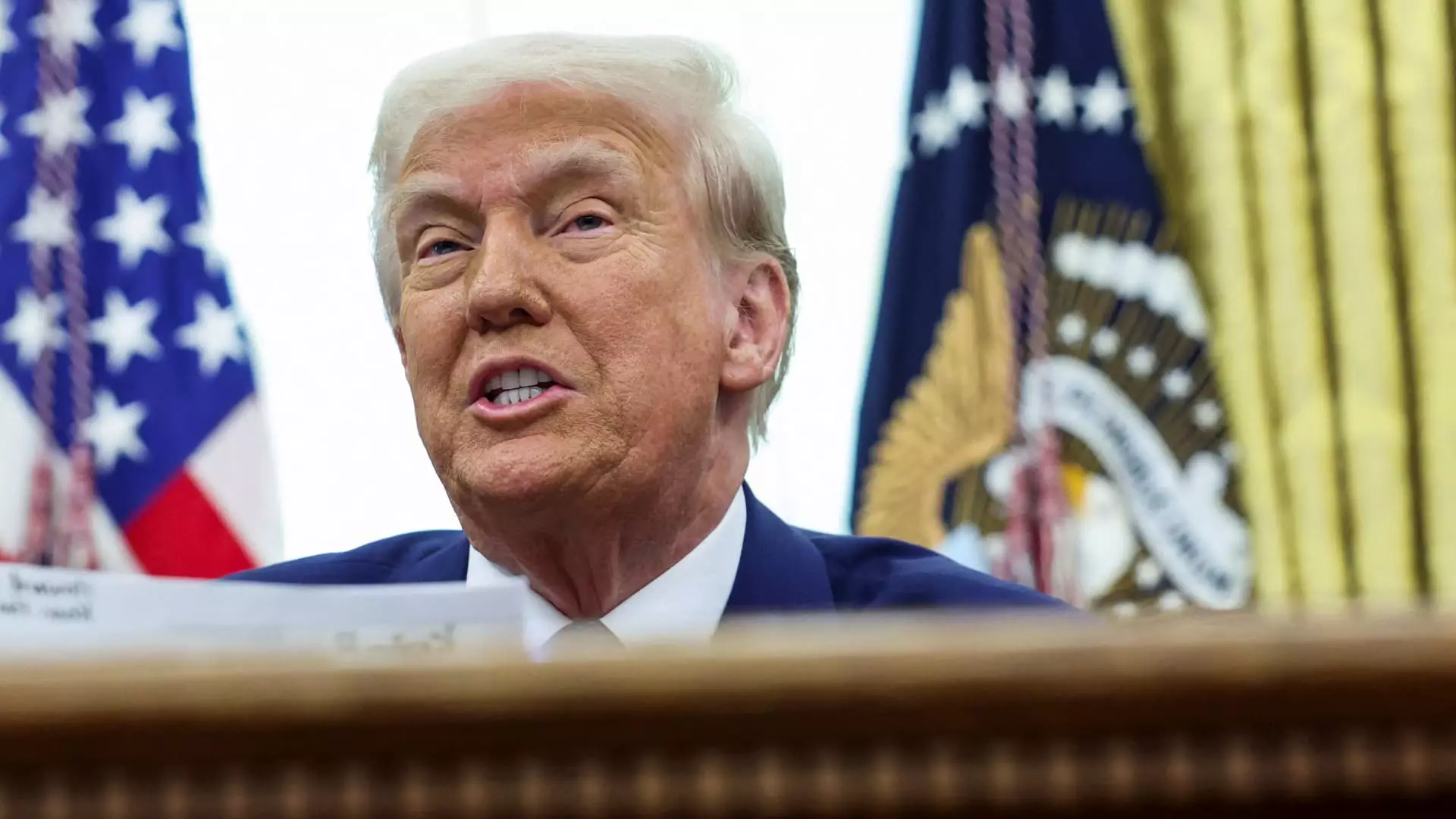The landscape of U.S. defense funding appears to be in a state of turbulence following recent remarks made by former President Donald Trump. On Thursday, Trump suggested that the United States could consider a drastic reduction in defense expenditures, proposing a potential cut of nearly 50%. This bold statement was framed within a larger conversation regarding diplomatic engagements with China and Russia. The implications of such cuts bring forth questions about the future of military readiness and international security posture.
Trump’s announcement took many by surprise, particularly as it directly challenges the longstanding bipartisan consensus on the paramount importance of military spending. Historically, defense budgets have been viewed as indispensable in maintaining the U.S. position as a global superpower. However, the former president believes that once geopolitical tensions diminish, there is an opportunity for a reevaluation of military priorities. He stated, “When we straighten it all out…let’s cut our military budget in half.”
Predictably, financial markets responded unfavorably to Trump’s declaration. Major defense contractors saw a swift decline in stock prices, with Lockheed Martin, Northrop Grumman, and General Dynamics collectively suffering losses. Analysts suggest that the market reaction underscores broader investor anxiety regarding the direction of U.S. military policy. The volatility reflects not only immediate investor sentiment but also a deeper apprehension about military contractors’ future revenue streams amid an uncertain funding environment.
It is crucial to note that Trump’s rhetoric regarding the defense budget has often fluctuated. Throughout his political career, he has oscillated between advocating for military expansion and proposing cuts. His approach appears to be multi-faceted, as he has simultaneously sought to streamline government expenses while emphasizing military strength. This contradictory stance leaves both policymakers and investors in a state of confusion regarding the direction of defense funding.
As Trump’s statements reverberate through political and economic spheres, experts, such as TD Cowen’s analyst Roman Schweizer, have pointed out the contradictory signals emanating from the former president’s campaign. On one hand, Trump’s calls for a proactive resolution to international conflicts (like the war in Ukraine) coincide with high expenditures on arms. On the other hand, his push towards significant reductions illuminates a complex narrative that transcends traditional political divides.
The concept of utilizing a large portion of military funds for alternative public goods raises significant ethical and practical concerns. While a potential redirection of defense budgets could enhance domestic programs, one must also question the ramifications of such a substantial decrease in military capabilities. Could this leave the U.S. vulnerable on the global stage? Would adversaries interpret this as a sign of weakness?
As we look ahead, it is clear that the U.S. defense spending debate is far from settled. Trump’s recent proposals highlight a pivotal moment in the ongoing dialogue surrounding military expenditures. Policymakers need to navigate these tumultuous waters carefully, balancing the necessity for robust national security with the public demand for more impactful domestic investments. The outcomes of these discussions will not only shape military policy but will also define the U.S.’s geopolitical posture in the years to come. The uncertainty surrounding defense spending reflects broader ideological divides and the challenges of governance in an increasingly complex global landscape.


Leave a Reply